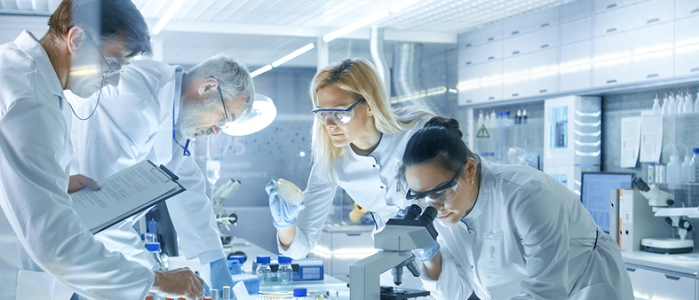The odds for a new drug to make it to market are somewhere in the region of 5,000 to one, regulators in the U.S. estimate. The pharmaceutical industry is always looking for new ways to improve those odds, and the 21st Century Cures Act, passed in December 2016, was a step towards that goal.
The act expedites and modernizes the approval process for biological products and medical devices by giving additional authority to the Food and Drug Administration (FDA). Among other things, it proposes the use of in silico methods (such as computer models and simulations) in clinical trials and encourages the use of previously undervalued data types. Those include demographic data, biomarker/genomics data, patient-reported outcome and survey data, and finally, the real-world data and evidence (RWE).
How is “real world evidence” defined?
Mary Jo Lamberti, PhD, senior research fellow at Tufts CSDD and lead investigator of the study, told Outsourcing-Pharma.com that RWE “can be used to improve our understanding of diseases and could potentially result in improvements in the clinical trial process.”
By 2020, large pharmaceutical, biotechnology, and contract research organizations (CROs) are expected to increase the number of staff working on collecting and analyzing real world evidence by 25%, according to a survey by Tufts Center for the Study of Drug Development (Tufts CSDD).
But what is real world evidence, exactly?
Real world evidence is data collected outside the clinical trial setting, via sources including electrical health records, social media, and mobile and wearable devices. Commercial departments are the primary users of RWE, but 40% of research and development operations told Tufts CSDD that they are increasingly reliant on it.
In a survey of 866 U.S. physicians, respondents ranked real-world evidence as the most important data informing treatment decisions, followed by clinical trial data. This finding is just one of the ways providers are changing behaviors as their financial risk increases, and the pharmaceutical industry must rethink how it demonstrates the value of its products in response.
Currently, RWE is largely being used for post approval regulation and labeling purposes. But RWE has many more untapped uses that firms now appear keen to explore.
Going forward, social media data, in particular, is expected to have a bigger impact, with 42% more companies saying they will use it in 2020 compared to the number who used it in 2017.
Real world evidence challenges to overcome
There are many challenges to overcome before firms can tap into the potential of RWE. For example:
- collecting RWE (surprisingly, cited by 60% of respondents) and integrating it with other data sources;
- winning over external stakeholders on the value of RWE, particularly, regulators and payers;
- extracting the value and interpreting data, particularly, with emphasis on determining causality instead of simply finding correlation;
- evaluating the RWE contribution to the drug approval process relative to other data sets;
- and finally, predicting the future regulation of RWE usage.
To summarize, the challenge now is for firms to extract value from this data in an effective and cost-efficient way, so they can quantify a healthy return on investment in this area.


